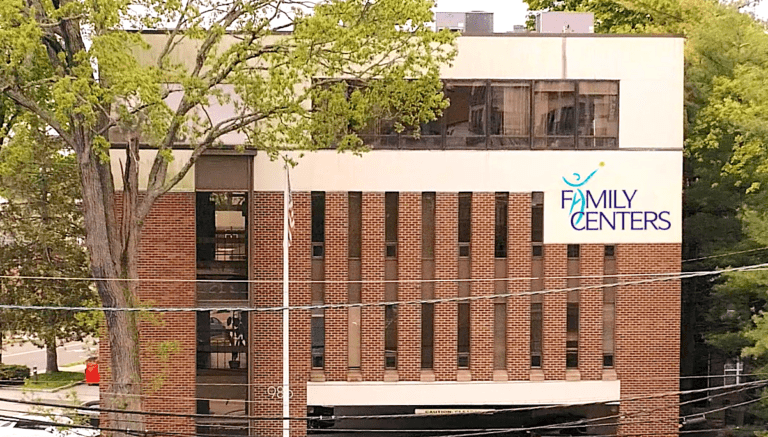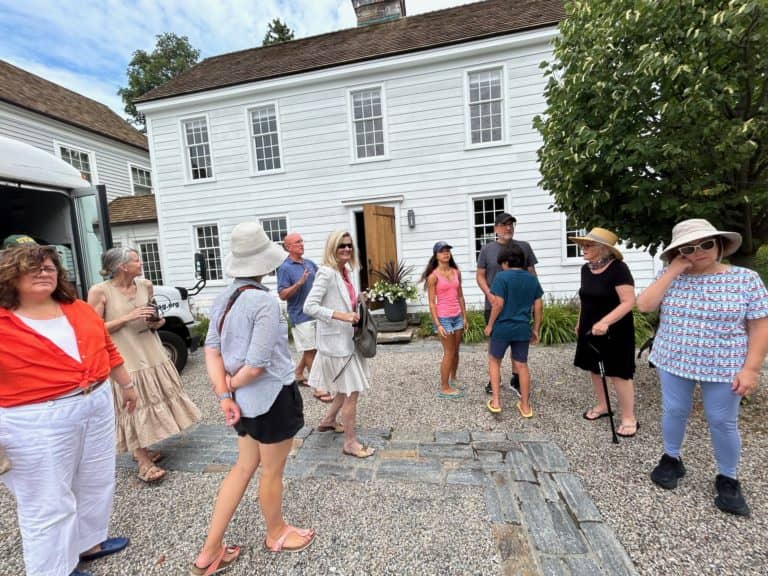
By Theodore A. Blaine, MD
The shoulder and elbow are two of the most common areas for musculoskeletal pain, affecting as many as one-quarter of all Americans at any given time.
As a surgeon at HSS Orthopedics with Stamford Health, I specialize in sports medicine and elbow surgery. This encompasses a wide range of conditions including shoulder tendonitis, golfer’s elbow, tennis elbow, shoulder bursitis, dislocations, fractures, shoulder separations and arthritis. My patients include weekend warriors, high school athletes and elite athletes at the highest level of college and professional sports. Our overall treatment goal is the same for whomever we treat: to get patients back to their highest levels of performance.
Non-Operative Treatments
The vast majority of my patients don’t require surgery, and we treat them non-operatively. We evaluate them in our Stamford office and then order x-rays or advanced imaging such as an MRI, ultrasound or PT scan if the pain has been persistent or the injury is serious enough. Our first line of treatment is activity modification, avoiding activities that may be causing the problem, along with physical therapy, exercise and other modalities.
If these treatments are unsuccessful or the pain persists, we may prescribe medication or injections. We use steroid injections, injections with lubricant medicines for those with arthritis, and growth factor injections like platelet rich plasma (PRP). We are still studying stem cell injections, which can be helpful for some patients. Most of our non-operative patients get better without surgery.
Throwing Injuries on Rise
At HSS, we’re seeing an increase in throwing injuries due to two factors: weekend athletes charging back into sports more aggressively as Covid eases; and a greater specialization in a particular sport among younger athletes, who are eager to maximize their performance. Competition levels are increasing and there is greater emphasis on strength and conditioning, even at younger ages. Athletes are becoming bigger, stronger and faster at younger ages, leading to more injuries.
Emerging Technologies
One area that we are incredibly excited about at HSS are new technologies to treat shoulder and elbow injuries. Here are some examples:
• Inflammation – We are focused on learning the causes of inflammation. We want to target specifically the causes of shoulder pain. Our hope is to identify a specific molecule to target medication or an injection to reduce inflammation and pain.
• Tendon tears – We’ve learned that when tendons in the shoulder tear, over time they don’t heal. A tendon tear in the shoulder will expand if not treated surgically, so we’re more proactive in recommending surgery as we know that the tear won’t heal on its own.
• Tendon healing – We’re exploring newer techniques to promote tendon healing. A current trial at HSS uses stem cells to improve tendon healing rate and quality.
• Scaffolds and grafts – If you have an area of a deficient or defective tendon, stitches alone may not be enough. We can improve this repair by adding a scaffold or tissue graft to strengthen it and speed healing. Grafts are used in many different joint repairs – shoulders, knees, elbows, ankles and elsewhere. It is the hottest new area of research in tendon repair and will make a huge difference in healing rates.
Replacement Surgeries
Joint replacement is a viable option for shoulder and elbow patients that don’t respond favorably to anti-inflammatories or injections. Success rates are high.
The components for shoulder replacements are a metal ball and plastic socket, similar to knee and hip replacements. HSS has been involved in new advances to reduce the amount of metal used, which lessens the amount of bone removed. These procedures are known as bone-conserving or stemless replacements where the stem or anchor can be reduced to insert into the bone. Patients benefit from faster recoveries and if revision surgery is needed 20-30 years later, the bone-sparing implants give surgeons easier access.
As recently as 20 years ago, if a patient with shoulder arthritis and a tear in their rotator cuff tendon came to us, we didn’t have a way to resolve these dual problems. Now, we can address both conditions with reverse total shoulder replacement. Shoulder replacement surgery relieves pain and helps restore the shoulder’s motion, strength and function. One year after surgery at HSS, the majority of patients have pain-free function. Most return to playing golf or tennis, swimming, doing yoga and other activities they previously avoided due to shoulder pain.
Our skillset and expertise at HSS allow us to handle complex surgeries that very few other surgeons can handle. This can include revisions to prior surgeries or complicated joint problems in my specialty. Patients fly in from across the country and around the world to see us in Stamford for orthopedic care they can’t receive anywhere else.
========================================
Theodore A. Blaine, MD, is a sports medicine surgeon at HSS Orthopedics with Stamford Health, specializing in shoulder and elbow treatment.




